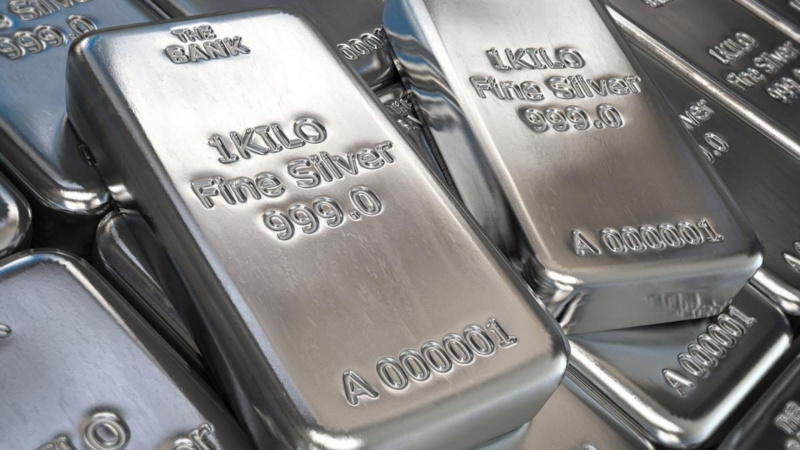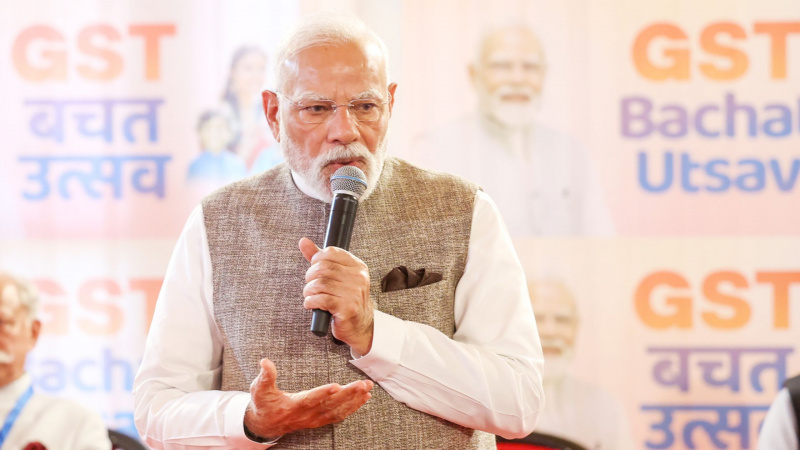Maruti Suzuki: The Rs 125 stock that hit Rs 10,000 in 14 years
The near 8,000% rally in this stock in the last 14 years is a classic example of consumption boom in India, analysts say. A recent Motilal Oswal study puts M
- by Aayush Ladha 2017-12-28 06:02:03
If you were among the lucky few who got subscription to and have held on to this stock, you would now be sitting on a whooping near 8,000% return. Back in 2003, the government divested 25 per cent stake in Maruti Suzuki Limited (Maruti Udyog Limited as it was known then) at Rs 125 per share. The stock debuted on the exchanges on July 09, 2003 and ended the first trading at Rs 164 levels, nearly 32 per cent higher than the issue price.
The near 8,000% rally in this stock in the last 14 years is a classic example of consumption boom in India, analysts say.
A recent Motilal Oswal study puts Maruti among the top five wealth creators during 2012 - 17, pegging the wealth created at Rs 1.41-lakh crore in this period.
With a market share of over 50 per cent in the domestic passenger vehicle market, Maruti now boasts of Alto 800, Alto K10, A-star, Estilo, WagonR, Ritz, Swift, Swift DZire, SX4, Eeco, Grand Vitara and Ertiga amongst its offerings.
Earnings and profits, too, have kept pace. From Rs 11,104.7 crore in FY04, consolidated gross sales have surged 596 per cent in FY17 – a compounded annual growth rate (CAGR) of 16 per cent, as per ACE Equity data. Profit after tax (PAT) at Rs 560.9 crore has grown to Rs 7,338.2 crore – a CAGR of 22 per cent during this period, data show.
In a bull case scenario, they expect the stock to hit Rs 14,400 going ahead if domestic volumes rebound quickly, new capacity (in Sanand, Gujarat) ramps up quicker-than-expected and all new models do well. Volume growth in FY18 is pegged at 15% and 18% in FY19. Their base case target price for the stock is Rs 10,563 and Rs 4,950 in case of a bear market.
“Given the improvement in market share, rising rural contribution, reduced Japanese yen exposure, improving share of premium products, healthy ROE/ROCE (26% in FY19/20E) and improving free cash flows, MSIL will continue to trade at a premium,”

POPULAR POSTS
The Agentic Revolution: Why Salesforce Is Betting Its Future on AI Agents
by Shan, 2025-11-05 10:29:23
OpenAI Offers ChatGPT Go Free in India: What’s Behind This Big AI Giveaway?
by Shan, 2025-10-28 12:19:11
Zoho Products: Complete List, Launch Years, and What Each One Does
by Shan, 2025-10-13 12:11:43
Arattai vs WhatsApp: Which Messaging App Should You Choose in 2025?
by Shan, 2025-10-10 11:55:06
Top Buy Now Pay Later (BNPL) Apps for Easy Shopping in 2025
by Shan, 2025-09-22 10:56:23
iPhone 17 Sale in India Begins: Full Price List, Launch Offers and Store Availability
by Shan, 2025-09-19 12:00:45
Apple September 2025 Event Recap: iPhone 17, iPhone Air, Apple Watch Series 11, and India Pricing Revealed
by Shan, 2025-09-10 09:55:45
RECENTLY PUBLISHED

Loan EMIs to Drop as RBI Slashes Repo Rate - Full MPC December 2025 Highlights
- by Shan, 2025-12-05 11:49:44

Pine Labs IPO 2025: Listing Date, Grey Market Premium, and Expert Outlook
- by Shan, 2025-11-05 09:57:07

Top 10 Insurance Companies in India 2026: Life, Health, and General Insurance Leaders Explained
- by Shan, 2025-10-30 10:06:42

Best Silver Investment Platforms for 2025: From CFDs to Digital Vaults Explained
- by Shan, 2025-10-23 12:22:46

Zoho Mail vs Gmail (2025): Which Email Platform Is Best for Businesses, Startups, and Students?
- by Shan, 2025-10-09 12:17:26

PM Modi Launches GST Bachat Utsav: Lower Taxes, More Savings for Every Indian Household
- by Shan, 2025-09-24 12:20:59




 Subscribe now
Subscribe now 